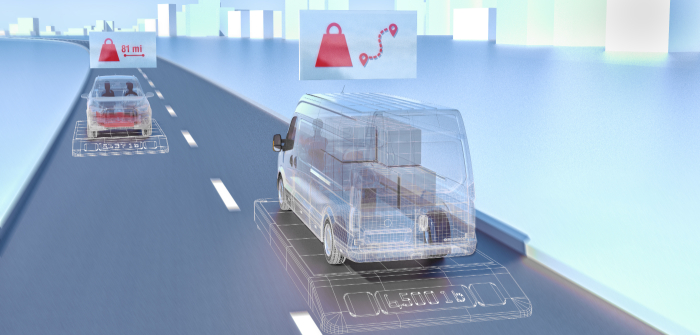FEV, a service provider for vehicle and drivetrain development, is developing an algorithm that would relay real-time vehicle weight for electric cars and vans, supporting powertrain energy management.
Vehicle weight is a crucial factor when it comes to an electric car’s efficiency and range. FEV’s algorithm would take into account environmental factors and vehicle payload at any time to provide precise forecasts for range and optimal route navigation. Under a new EU directive, all commercial vehicles also need to have a device to determine weight on board in order to be registered in the EU, starting in May 2021.
Explaining the formula, Dr Thomas Hülshorst, group vice president, electronics and Electrification at FEV, said, “Our in-house software solution analyzes vehicle sensor data, correlates it, and compares it with a dynamic vehicle model that is also based on sensor data. This means that compared to other approaches, FEV’s solution is affordable, is flexible, and can be integrated into any vehicle type – whether a gas vehicle, an e-vehicle, a compact car, or a truck. What ultimately matters is that the algorithms are accurately calibrated for the specific vehicle.
“Our engineers have successfully configured and tested numerous vehicle types as well as trailer, tire and axle configurations combined with various powertrain set ups. We therefore are very pleased that the automobile industry is showing great interest in our solution.”
The gross vehicle weight needs to be precisely determined for various areas of application. For instance, range can be determined very accurately for e-vehicles, and FEV’s system can apparently allow for an optimized operating strategy for everything from energy management to navigation routing and charging strategy. This truly enhances end user comfort and thus creates another selling point.
In addition to this, FEV claims that their solution can help fleet operators accurately map out fleet strategy. In the supplier industry in particular, weight load, recipient addresses, and traffic conditions can be used to generate automated dynamic routes and thus reduce costs for energy and staffing.
The software has, FEV said, been successfully integrated and tested in various vehicle types in collaboration with leading manufacturers in the passenger vehicle and truck segment. The algorithms are currently undergoing further development and validation for use in series production of the next generation of vehicles.


